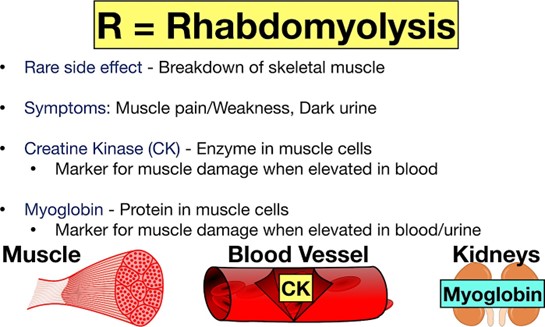A nurse in a mental health facility is caring for a client who reports palpitations and a sense of impending doom. Which of the following actions should the nurse take first?
Administer an anti-anxiety medication.
Explore behaviors that have helped to reduce the client's anxiety in the past.
Minimize environmental stimuli in the client's surroundings.
Explain to the client that anxiety causes physical manifestations
The Correct Answer is C
The client is experiencing palpitations and a sense of impending doom, which may indicate a heightened state of anxiety or a panic attack. Minimizing environmental stimuli can help create a calming and safe environment for the client. By reducing noise, bright lights, and other potentially distressing stimuli, the nurse can create a more soothing atmosphere that may help alleviate the client's anxiety.
While exploring behaviors that have helped to reduce the client's anxiety in the past and explaining to the client that anxiety causes physical manifestations are important actions, they may not provide immediate relief or address the client's immediate distress.
Administering an anti-anxiety medication may be considered if the client's symptoms persist or worsen, but it is not the first action to be taken. The nurse should prioritize non-pharmacological interventions and create a supportive environment before considering medication administration.
Nursing Test Bank
Naxlex Comprehensive Predictor Exams
Related Questions
Correct Answer is D
Explanation
Atorvastatin is a medication used to lower cholesterol levels in the blood. One of the potential adverse effects of atorvastatin is myopathy, a condition characterized by muscle pain, weakness, and tenderness. In severe cases, myopathy can progress to rhabdomyolysis, a potentially life-threatening condition in which muscle breakdown products are released into the bloodstream and can cause kidney damage.
Therefore, the nurse should instruct the client to monitor for muscle pain, weakness, or tenderness and report these symptoms to the healthcare provider immediately. Hypoglycemia, palpitations, and daytime drowsiness are not commonly associated with atorvastatin use and would not require immediate reporting to the healthcare provider.

Correct Answer is C
Explanation
Maintaining a healthy lifestyle is crucial for managing mild hypertension. One of the key lifestyle changes recommended for individuals with hypertension is reducing salt (sodium) intake.
The American Heart Association recommends limiting sodium intake to no more than 2,300 milligrams (about 2 grams) per day. By expressing the goal to decrease salt intake to 2 grams per day, the client demonstrates an understanding of the teaching.
Whether you are a student looking to ace your exams or a practicing nurse seeking to enhance your expertise , our nursing education contents will empower you with the confidence and competence to make a difference in the lives of patients and become a respected leader in the healthcare field.
Visit Naxlex, invest in your future and unlock endless possibilities with our unparalleled nursing education contents today
Report Wrong Answer on the Current Question
Do you disagree with the answer? If yes, what is your expected answer? Explain.
Kindly be descriptive with the issue you are facing.
